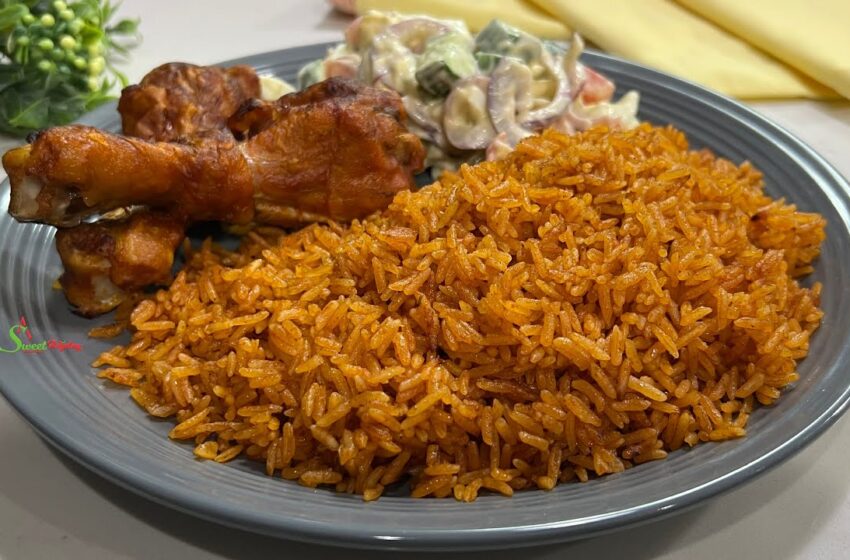What your comfort food says about your culture

Comfort food tells a cultural story
Comfort food is more than just a favorite meal, it’s a reflection of heritage, identity, and collective memory. From Nigeria’s smoky jollof rice to Japan’s delicate miso soup or America’s creamy mac and cheese, these dishes connect people to their roots, often carrying stories passed down through generations. In moments of celebration or hardship, we turn to these familiar flavors for reassurance and belonging.
The origins of comfort food are deeply tied to geography and climate. Cold regions favor hearty soups, baked breads, and stews to keep warm, while tropical cultures lean toward spiced rice dishes, tangy broths, and fresh produce. A fisherman’s village may prize seafood stews, while inland farming communities value grain-based meals. These patterns are not random, they’re shaped by centuries of agricultural practices, trade routes, and local resources.
The Psychology Behind Comfort Food
Science suggests that comfort food is linked to emotional well-being. Certain flavors and aromas activate brain regions tied to memory and pleasure, making them powerful emotional anchors. This is why a familiar childhood dish can instantly transport someone back to family gatherings or a parent’s kitchen.
It’s not just nostalgia, it’s also about identity affirmation. When people eat the foods of their culture, they often feel more connected, grounded, and emotionally secure. In a globalized world where identities can feel fragmented, comfort food serves as a personal reminder of “home,” no matter where you are.
READ ALSO
How cultural etiquette rules could save you abroad
Digital Legacy: What happens to your online life after you’re gone?
For those living abroad, comfort food often becomes a bridge to home. Immigrant communities keep traditions alive through kitchens, whether it’s an Indian family making fragrant biryani in London or an Italian grandmother rolling fresh pasta in New York. The act of preparing these dishes can feel like reclaiming a piece of cultural identity in an unfamiliar environment.
Yet, comfort food is not static. Migration, globalization, and culinary experimentation have transformed many traditional dishes into fusion creations. Think of kimchi tacos, plant-based shepherd’s pie, or ramen burgers, modern takes that blend old flavors with new influences. While the recipes evolve, the emotional pull remains the same: a bite of comfort food feels like a warm conversation with history.
Ultimately, what you crave when you need comfort reveals the cultural tapestry you belong to. These meals are edible narratives, flavored with memory, tradition, and shared experience. In every bowl of soup, plate of rice, or slice of pie, there’s a story, one that connects the present to the past and reminds us who we are.

